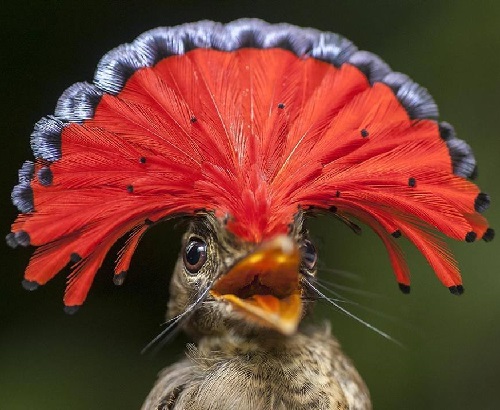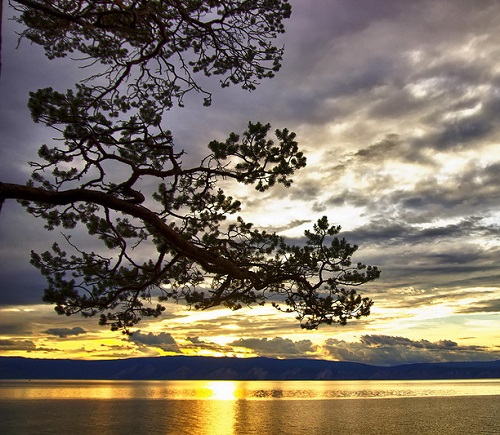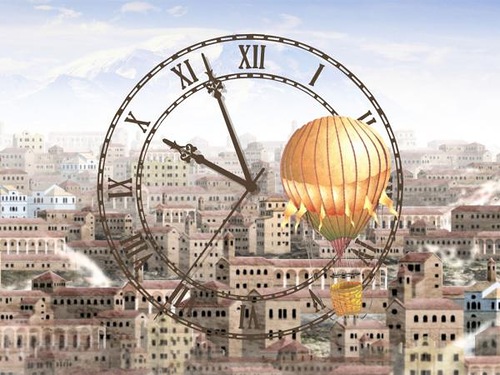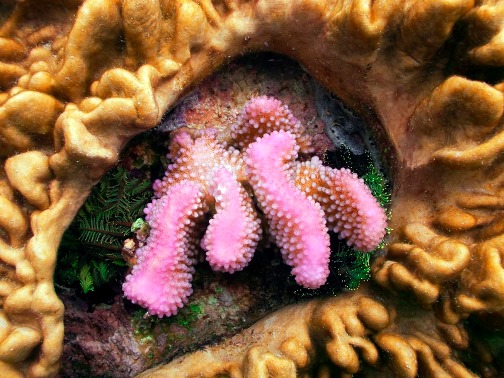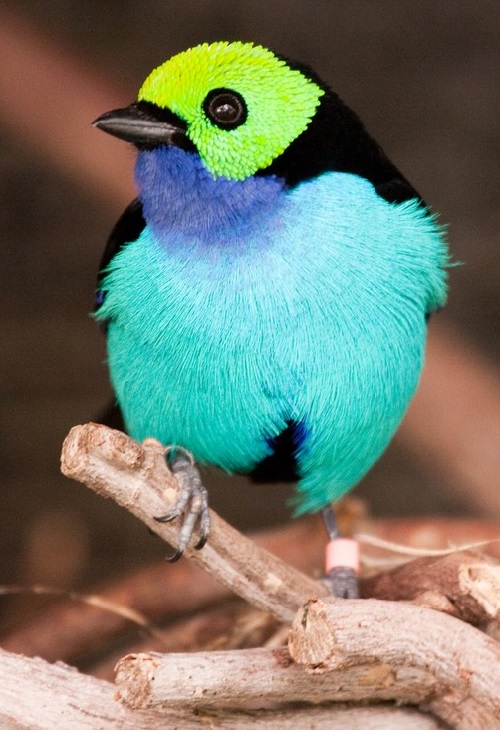The Lost World exists in reality

Rising above the surrounding forest, tepuis are almost vertical walls, and many of them rise to more than 1,000 m above the jungle. The Lost World exists in reality
The Lost World exists in reality
Tepuis is flat mesas on the Guiana Highlands in South America, particularly in Venezuela. The language of the Pemon people who live in the Gran Sabana, the word tepuis means “House of the Gods” – because they are very high. Tepuis are separate mountains, so they can find a great variety of endemic species of plants and animals, some of which are found only here, in tepuis.

Almost vertical slopes and dense tropical forest of tepuis make them unavailable for hiking conquerors
Tepuis — the remains of a large sandstone plateau that once covered the granite layer between the northern boundary of the Amazon and Orinoco, between the Atlantic Ocean and the Rio Negro, during the Precambrian period.
The Lost World exists in reality

Around 9400 species of tall plants were reported in Venezuela, Guyana, of which 2,322 registered on tepuis.

At the top it is often cooler, more rainy, and the bottom of the mountain is tropical, warm and the climate is humid.

In the Gran Sabana area there are 115 such mesas. They are located in the south-east of Venezuela, where there is the highest density of tepuis.

It is said that Mount Roraima inspired Scottish author Arthur Conan Doyle to write the novel «The Lost World»

Only to three Gran Sabana mountains one can reach on foot, and among them — Mount Roraima of 2180 m height.

There are small waterfalls, natural pools with quartz and Triangle Punto — the point at which borders Venezuela, Brazil and Guyana
bigpicture.ru/?p=397023










